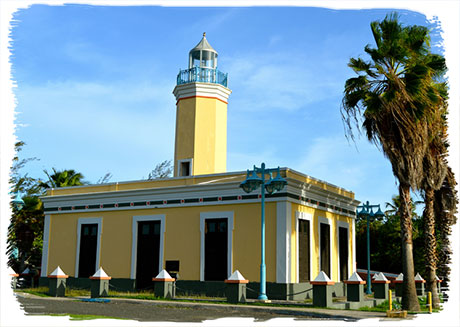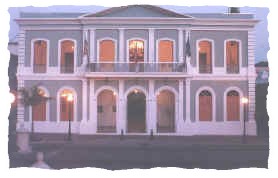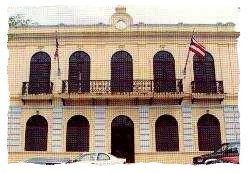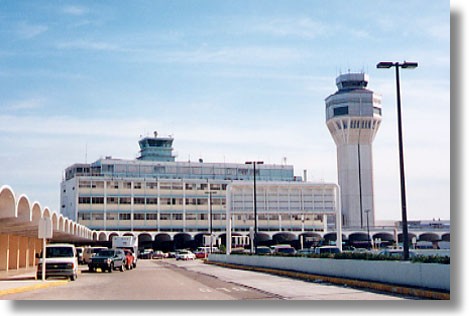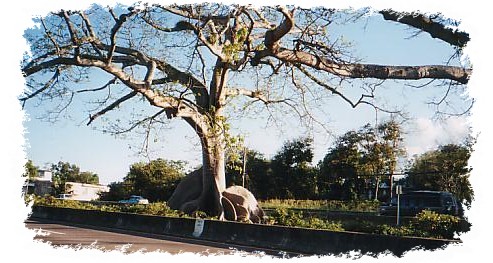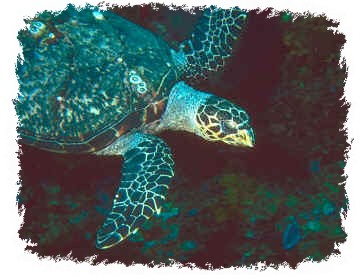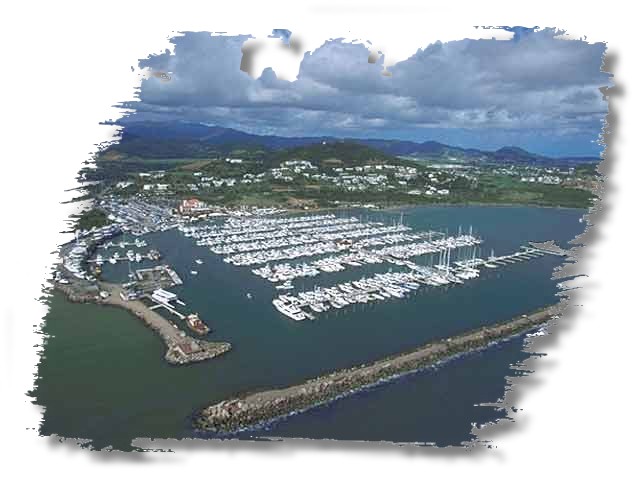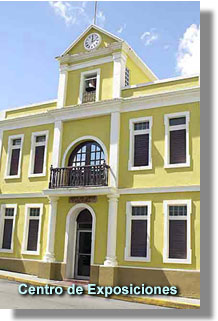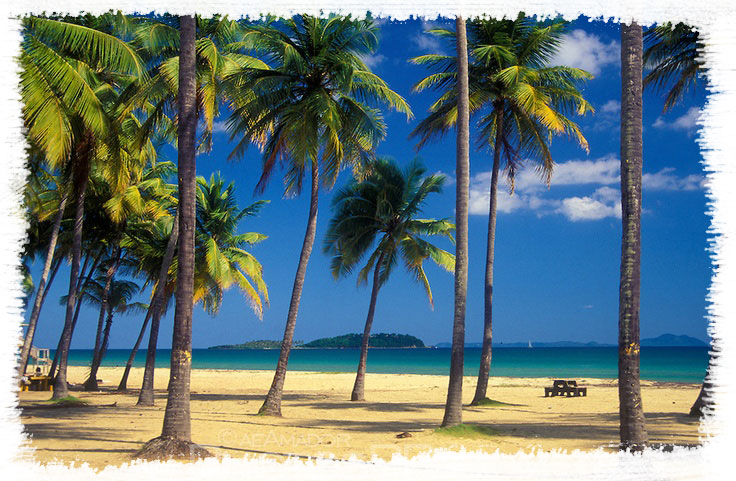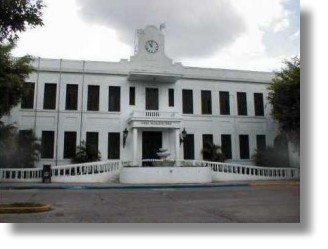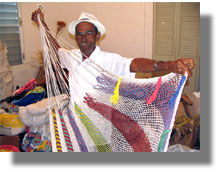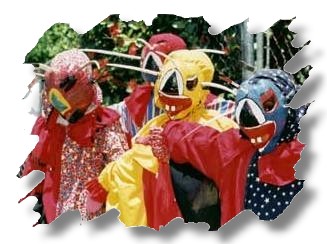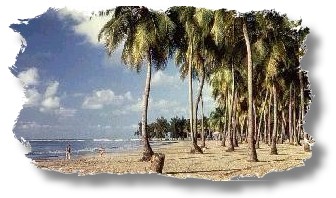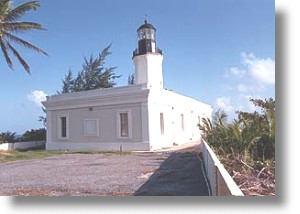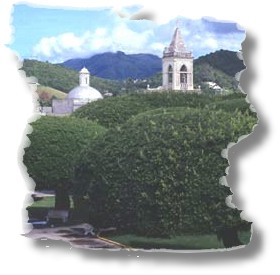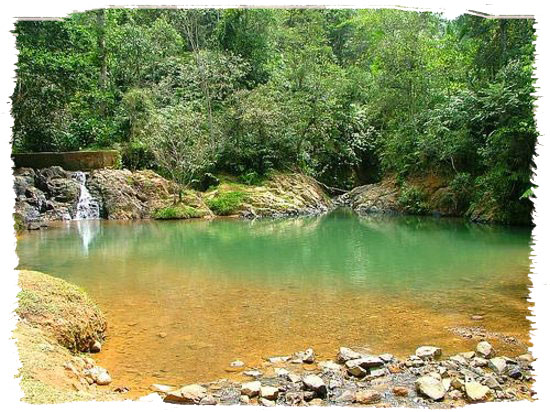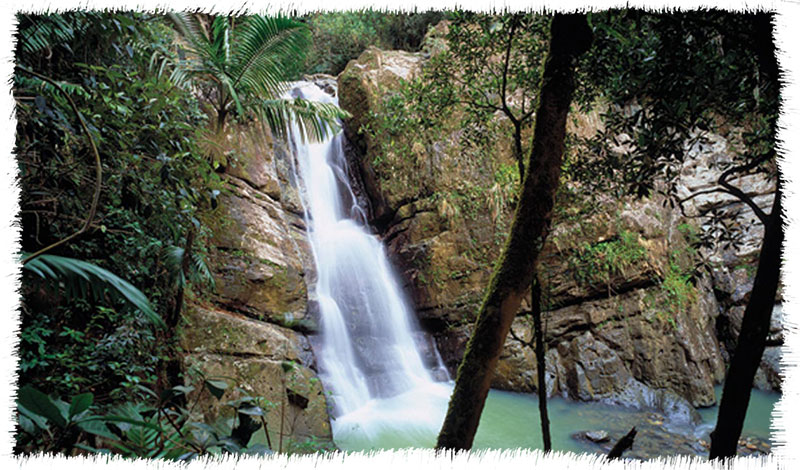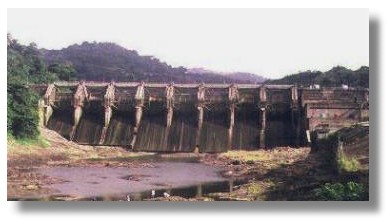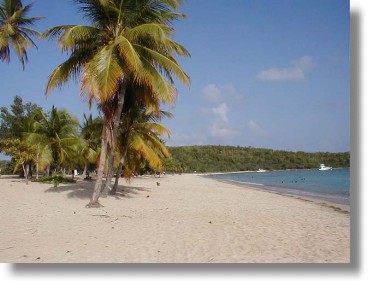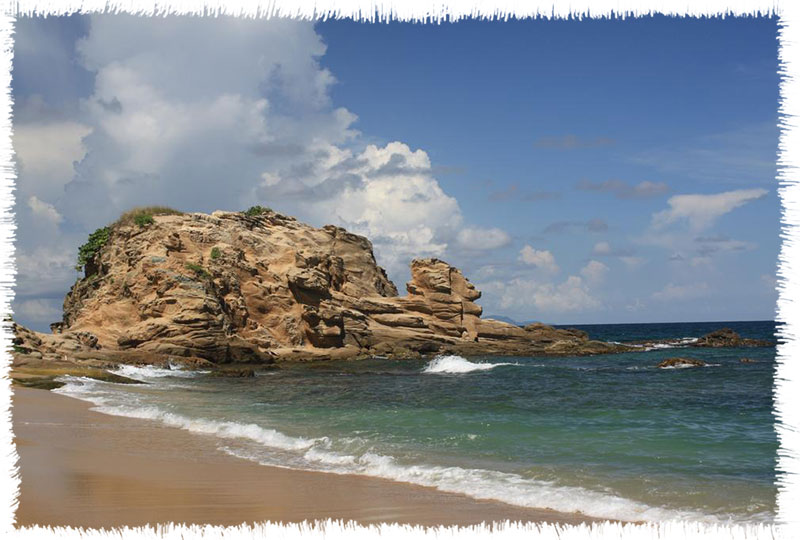Arroyo, Puerto Rico The Pleasing Town Arroyo (ah-RO-yo) is known as the “Pueblo ingrato” (The ungrateful town), el Pueblo grato (The pleasant town), and “Los bucaneros” (Buccaneers). Its patron is Virgin of Our Lady of Carmen. Arroyo is located on the south of the island. It borders with the municipality of Patillas on the north; the Caribbean Sea to the south; to the west with Guayama and to the east with the municipality of Patillas. Geographically, it belongs to the Ponce-Patillas alluvial plain subregion in the region known as the southern coastal plain. It is a very arid area, although its alluvial plains are very productive because of their...
Caguas, Puerto Rico
Caguas, Puerto Rico City of the Turabo Caguas (KAH-gwahs) is known as the “City of Turabo” because it stretches along the Turabo Valley, considered the heart of Boriquén. The city is also referred to as the “Criollo City” due to its rich cultural history and traditions. Its patron saint festivals are celebrated around December 24 in honor of the Dulce Nombre de Jesús (Sweet Name of Jesus). This municipality is located in the central-eastern region of Puerto Rico, in the subregion called the Caguas Interior Valley, better known as the Turabo Valley. It borders San Juan and Trujillo Alto to the north; Cayey and San Lorenzo to the south;...
Canóvanas, Puerto Rico
Canóvanas, Puerto Rico Valiant Town Canóvanas (kah-NO-vah-nahs) is a municipality located in the northeastern region of Puerto Rico, known by multiple nicknames that reflect its history, culture, and contemporary development. It is called the “Valiant Town” due to the feat of Cacica Yuira, who lost her life defending the Spaniards against other Taínos. It is also known as the “City of Races” for hosting the Camarero Racetrack, the only active racetrack in Puerto Rico, and the “Town of the Chupacabras” because of the famous legend that gained international attention. Its patron saint is Our Lady of the Pillar. Geographical Borders: North: Loíza South: Juncos and Las Piedras East: Río...
Carolina, Puerto Rico
Carolina, Puerto Rico Land of Giants Carolina (kah-ro-LEE-nah) is known as the “Land of Giants” and as the town of the “Tumba Brazos.” The first nickname refers to Felipe Birriel Fernández, nicknamed “The Giant of Carolina,” who measured seven feet eleven inches, making him one of the tallest men in the world in his time. The second nickname refers to the historical practice of resolving disputes through machete duels, a longstanding custom in the municipality. Carolina is the fourth most populous city in Puerto Rico, with an estimated population of 138,375 according to the 2020 Census. Its patron saint is Saint Ferdinand of the Carolinas. Located on the northeastern...
Ceiba, Puerto Rico
Ceiba, Puerto Rico Soup Eaters Ceiba (sai-EE-bah) and its residents are known as “soup eaters” and the “Marlins” and the town is known as the “Marlin City.” The patron saint is San Antonio de Padua. Ceiba is bordered on the north by the municipality of Fajardo, on the east by the Atlantic Ocean, on the south by the Caribbean Sea and on the west by the municipality of Naguabo. Topographically, Ceiba is part of the region known as the eastern coastal valleys. Its soil, mostly alluvial, was formed by the materials washed down from the mountains by water. It has fertile land on the plains and stony soil in...
Culebra, Puerto Rico
Culebra, Puerto Rico Little Island Culebra (koo-LAI-brah) is an island municipality located to the east of Puerto Rico and separated from the main island by the Vieques Passage. It was earlier known as San Ildefonso and as “the Passage Island.” The island is referred to as “where the sun rises on Puerto Rico”, “the little island”, “the last of the Virgins,” and “the island town”. The patron is Our Lady of Mount Carmel, whose festival is held on July 16. Other important events include tournaments, sports events, and crafts festivals in August, September, and November. There is a small airport on the island and there are several flights and...
Fajardo, Puerto Rico
Fajardo, Puerto Rico The Hard Faces Fajardo (fah-HAHR-do) is known as the “Town of the Tough Faces,” because of how the residents fought off enemies during Spanish colonial times. Due to its location, it is also known as “The City of the Rising Sun” since it is the town on the main island of Puerto Rico where the sun first rises. The town is the transportation center between the main island of Puerto Rico and the island municipalities of Culebra and Vieques. Fajardo is located on the far eastern tip, east coast of Puerto Rico. It is bordered by the Atlantic Ocean on the north and the east, by...
Gurabo, Puerto Rico
Gurabo, Puerto Rico Town of Stairways Gurabo (goo-RAH-bo) is known as the “Town of the Stairs” due to its iconic colorful staircases that adorn the town center, making them a symbol of the municipality. Its residents are called gurabeños, and they maintain a strong sense of cultural and heritage identity. The municipality of Gurabo is located in the central-eastern region of Puerto Rico. It borders Trujillo Alto to the north, San Lorenzo to the south, Carolina and Juncos to the east, and Caguas to the west, separated from Caguas by the Río Grande de Loíza. This strategic location has allowed Gurabo to function as an important link between the...
Humacao, Puerto Rico
Humacao, Puerto Rico Pearl of The Oriente Humacao (oo-mah-KOU) known as “The Pearl of the East,” “The Gray City,” and “Los Roye Huesos,” is one of the most representative municipalities in eastern Puerto Rico. Its patron saint is the Immaculate Conception, and its main parish is dedicated to the Sweet Name of Jesus, reflecting the strong religious and cultural traditions of its community. Located on the eastern coast of the island, Humacao is part of the Eastern Coastal Valleys, a fertile region with alluvial lands ideal for agriculture. It borders Naguabo to the north, Yabucoa to the south, the Vieques Passage and the Atlantic Ocean to the east, and...
Juncos, Puerto Rico
Juncos, Puerto Rico Valenciano City Juncos (HOON-kos) is known as the “Valencian City” and its residents are known as the “Valencian Mules.” The patron saint is the Virgin of the Immaculate Conception. Juncos is bordered on the north by the municipality of Carolina, on the east by Las Piedras, on the south by San Lorenzo and Las Piedras and on the west by San Lorenzo. It is located in the southeastern part of the island. Geographically, it is part of the Cayey Range region. In the north are the lower elevations of the Luquillo Range. Today, manufacturing is the main economic activity in the municipality. Juncos has factories producing...
Las Piedras, Puerto Rico
Las Piedras, Puerto Rico Artesian City Las Piedras (lahs pee-AI-drahs) is known as the “City of Artisan” and its residents are called pedreños or pedrenses. The Virgin of the Immaculate Conception is the patron saint. Las Piedras is the site of the origin of the Humacao River. It is bordered on the north by the municipality of Río Grande, on the east by Naguabo and Humacao, on the west by Juncos and San Lorenzo, and on the south by the municipality of Yabucoa. Geographically, it is part of the Cayey Range region. In the north are ridges that are part of the Luquillo Range. The name Las Piedras refers...
Loíza, Puerto Rico
Loíza, Puerto Rico Capital of Tradition Loíza (loo-EE-zah) is known as the “The Capital of Tradition,” “The santeros” and “The coconut producers.” The patron saint is Saint Patrick, but the festivities in honor of the patron saint are dedicated to Saint James the Apostle. The festival is one of its principal attractions, especially because of the colorfully dressed vejigantes. Loíza is located on the northeast coast of Puerto Rico. Is bordered on the north by the Atlantic Ocean, on the south by the municipality of Canóvanas, on the east by Río Grande and on the west by the town of Carolina. Loíza is one of the few places in...
Luquillo, Puerto Rico
Luquillo, Puerto Rico Sun Capital Luquillo (loo-KEE-yo) is known as the “City of Eternal Summer”, the “Sunshine Capital” and the “Puerto Rico Riviera”. The nicknames for residents are “the tourists” and “the coconut eaters”. Luquillo is located in the northeast of the island. It is bordered on the north by the Atlantic Ocean, on the south and the east by Fajardo and on the west by Río Grande. It covers 67 square kilometers (26 square miles) in area. The municipality is part of the northern coastal plains region. It is a very fertile alluvial plain. Although the majority of the territory is flat, there are some lower elevation mountains...
Maunabo, Puerto Rico
Maunabo, Puerto Rico The Calm City Maunabo (mou-NAH-bo) is known as the “land crab town”, “the town of the land crab eaters”, and “the calm city”. The patron saint is Saint Isidore the Farmer, whose festival is celebrated on May 15. Maunabo is located on the southeast coast, southeast corner of Puerto Rico. It is bordered on the north and northeast by Yabucoa, on the southeast by Patillas, and on the east south east by the Caribbean Sea. There are three regions in the municipality: the Maunabo valley in the south central area, the semiarid hills to the south, and the mountainous region to the east. The town is...
Naguabo, Puerto Rico
Naguabo, Puerto Rico Birthplace of Great Artists Naguabo (nah-GWAH-bo) is known as the “Birthplace of Great Artists”, “land crab town”, “the town of the land crab eaters”, and “the quiet town”. The patron saint`s festival is held in honor of Our Lady of the Rosary around October 7 of each year. Homage is also given to Our Lady of Mount Carmel, the patroness of fishermen, on July 17, on the coasts of Naguabo. Naguabo is located on the east coast and east coast of Puerto Rico. It is bordered on the north by Río Grande and Ceiba, by Humacao and the Vieques passage on the south, Ceiba and the...
Patillas, Puerto Rico
Patillas, Puerto Rico Emerald of the South Patillas (pah-TEE-yahs) is known as “The Emerald of the South” and “the Melons”. The patron saint is Holy Christ the Healer and the saint’s festival is held in August. Attractions of the town include beaches, forests, and Patillas Lake. The coastal waters and the lake are used by many for recreational fishing. Patillas is located on the southeast coast of the island. It is bordered on the north by Cayey and San Lorenzo and the south by the Caribbean Sea, on the east by Yabucoa and Maunabo, on the west by Arroyo, and on the northeast by Guayama. Although a significant part...
Río Grande, Puerto Rico
Río Grande, Puerto Rico El Yunque City Río Grande (REE-o GRAHN-de) known as the “City of El Yunque,” is a municipality full of history, natural beauty, and Puerto Rican pride, located on the northeast coast of Puerto Rico. Its name is closely linked to the majestic El Yunque National Forest, the only tropical rainforest in the U.S. National Forest System and one of the island’s most iconic landmarks. A large portion of this forest lies within Río Grande’s territory, making the municipality the main gateway to this natural treasure. The Virgin of Carmen is the town’s patron saint, a symbol of faith and tradition celebrated with great devotion every...
San Lorenzo, Puerto Rico
San Lorenzo, Puerto Rico The Town of the Samaritans San Lorenzo (san lo-REN-zo) is known as the “Land of Legends,” the town of the “Samaritans,” and the “Samaritan City,” titles that reflect an identity deeply rooted in oral tradition, faith, and community service. The municipality honors Our Lady of Mercy (Nuestra Señora de las Mercedes) and Saint Lawrence (San Lorenzo) as its patron saints, from whom the town takes its name and primary devotion. Located in the eastern region of Puerto Rico, San Lorenzo borders Gurabo to the north, Juncos and Las Piedras to the east, Caguas to the west, and Patillas and Yabucoa to the south. This location...
Trujillo Alto, Puerto Rico
Trujillo Alto, Puerto Rico Laid Back Town Trujillo Alto (troo-HEE-yo AHL-to) is known as the “City of Springs,” “Town of the Eight Streets,” “The City in the Countryside,” and the “Town of the Arrecostaos.” The municipality of Trujillo Alto is located in the northern region of Puerto Rico. It borders San Juan to the north and west, Caguas and Gurabo to the south, and Carolina to the east. It is part of the Northern Coastal Plain and the karst zone. The terrain of Trujillo Alto consists mainly of humid hills. Its vegetation is typical of tropical rainforests. Historically, its lands were primarily used for livestock and agriculture. Crops included...
Vieques, Puerto Rico
Vieques, Puerto Rico Baby Island Vieques (vee-AI-kais), baptized the “Baby Island”, or “Little Girl Island”, by poet Luis Llorens Torres, is located 10 kilometers (6 miles) southeast of Puerto Rico. The patron saint festival is held in July in honor of the Virgen del Carmen, the patron saint of Vieques. Vieques is currently in the process of reorienting its economy due to the transfer of lands formerly occupied by the United States Navy to the government of Puerto Rico in May of 2003. The eastern part of the island is now under the control of the United States Fish and Wildlife Service while various parts of the western zone...
Yabucoa, Puerto Rico
Yabucoa, Puerto Rico City of Sugar Yabucoa (yah-boo-KO-ah) is known as the “City of Sugar,” “Town of the Yuca,” and its residents, Yabucoeños, are nicknamed “milky drinkers”. The name Yabucoa comes from the Taino chief Guaroca, which means “place or site with water”, according to some scholars. Others say the name refers to “place of cassava”. Yabucoa is located in the southeast of Puerto Rico. It is bordered on the north by San Lorenzo, Las Piedras and Humacao, on the west by San Lorenzo and Patillas, on the south by Maunabo and the Caribbean Sea; and on the east by the Caribbean Sea. Geographically, it is part of the...

